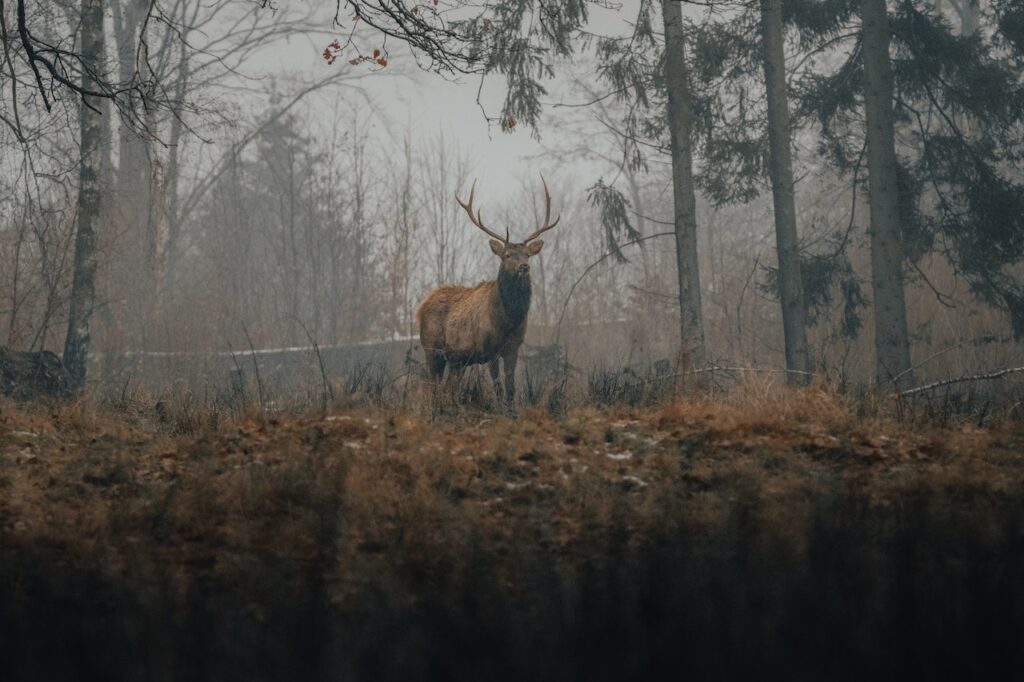
Conservation genetics is a powerful scientific discipline that integrates genetics, ecology, and conservation biology to understand the genetic diversity, connectivity, and evolutionary processes of species. By unraveling the genetic intricacies of populations and species, conservation geneticists provide valuable insights and tools for effective conservation strategies. In this article, we will explore the significance of conservation genetics, its applications in biodiversity preservation, and the role it plays in mitigating the challenges faced by endangered species and ecosystems.
Understanding Conservation Genetics
Conservation genetics focuses on studying the genetic makeup of species, populations, and individuals to better comprehend their evolutionary history, genetic diversity, and population dynamics. It provides a deeper understanding of how genetic factors influence species’ adaptation, resilience, and susceptibility to environmental changes and threats. By utilizing genetic techniques, researchers can identify genetically distinct populations, assess levels of inbreeding, and investigate the impact of human activities on genetic diversity.
Applications of Conservation Genetics
Conservation Prioritization: Conservation genetics helps identify populations that are genetically unique or have high levels of genetic diversity. These genetically significant populations are often prioritized for conservation efforts, ensuring the preservation of unique genetic lineages and maximizing overall biodiversity conservation.
Species and Population Management: Conservation genetic tools aid in managing small and endangered populations by assessing their genetic health and identifying potential risks associated with inbreeding and loss of genetic diversity. This information guides breeding programs, translocation strategies, and reintroduction efforts to maintain genetic variability and enhance population viability.
Understanding Connectivity and Migration: Genetic techniques, such as DNA analysis and gene flow studies, allow researchers to investigate the connectivity and movement of individuals among different populations and habitats. Understanding genetic connectivity helps in designing effective networks of protected areas and conservation corridors to maintain gene flow and facilitate species’ adaptation to changing environments.
Forensic Applications: Conservation genetics also plays a crucial role in combating wildlife crimes, such as illegal poaching and wildlife trafficking. DNA analysis enables the identification of the species, geographic origin, and relatedness of confiscated specimens, providing vital evidence for prosecution and strengthening efforts to combat illegal wildlife trade.
Challenges and Future Perspectives
Conservation genetics faces several challenges in its application and implementation:
Technological Advancements: As technology advances, new genetic tools and techniques continue to emerge, providing greater resolution and accuracy. However, access to these technologies, their affordability, and the training required for their application remain challenges in many conservation projects.
Integrating Genetics with Conservation Management: Bridging the gap between scientific research and conservation practice is essential. Effective collaboration and communication between geneticists, conservation biologists, and decision-makers are vital for translating genetic findings into actionable conservation strategies.
Ethical Considerations: Ethical concerns, such as the use of genetic manipulation or genetic engineering in conservation, require careful deliberation. Balancing the potential benefits with potential risks and ensuring transparency in decision-making processes is crucial.
Conclusion
Conservation genetics has revolutionized our understanding of the genetic underpinnings of biodiversity and the challenges faced by species and ecosystems. By integrating genetic research with conservation efforts, we can make informed decisions to preserve and manage populations, protect genetic diversity, and promote the long-term viability of species. As technology advances and interdisciplinary collaborations grow, conservation genetics will continue to play a vital role in guiding effective conservation strategies, securing the future of our planet’s diverse and fragile ecosystems.

